Have you heard of Man-Made Vegetables? If not, we’ve compiled a list for you that will surprise you for sure!
Explore a curated List of Man Made Vegetables, crafted through selective breeding and crossbreeding, yielding a diverse range of flavors, textures, and nutritional benefits for your culinary exploration.
Check out Our Article on Ornamental Vegetables here
Understanding Man Made Vegetables
Man Made Vegetables refer to vegetables that have been genetically modified by humans to possess specific traits, like improved nutrition or resistance to pests. These modifications involve altering the plant’s DNA in a controlled way to achieve desired outcomes.
The term is commonly used to describe vegetables that have undergone genetic changes to enhance certain characteristics.
List of Man Made Vegetables
Man Made Vegetables result from human cultivation and selective breeding to develop desired traits. Common vegetables, while not entirely human-created, have been selectively bred for characteristics like flavor, appearance, and nutrition. Examples of such shaped vegetables include:
1. Broccoli
Developed: Broccoli’s cultivation took a more modern turn in the 16th century, thanks to the Romans, who played a pivotal role in its continued development and spread.
How: Bred from wild cabbage, its flower buds were emphasized through cultivation, resulting in the unique and flavorful broccoli we know today.
Broccoli Plant Growing Stages with Pictures
2. Cauliflower
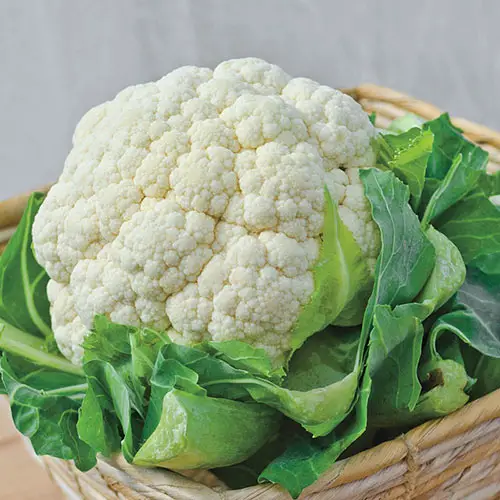
Developed: The origin traces back to ancient times in the Mediterranean region, where its cultivation and culinary use laid the foundation for its global popularity today.
How: Also bred from wild cabbage, cauliflower, one of the Man-Made Vegetables, focuses on the development of the stem and flower tissue.
3. Brussels Sprouts
Developed: Originating in 16th-century Belgium, Brussels Sprouts spread in cultivation to diverse regions, celebrated for their distinctive flavor and culinary flexibility.
How: A cross between wild cabbage varieties, Brussels Sprouts underwent targeted breeding to create their signature compact, leafy green buds, showcasing their distinct taste and appearance.
4. Kale
Developed: Kale boasts an ancient history of cultivation, evolving over centuries into modern varieties that showcase its enduring popularity and nutritional value.
How: Over time, through selective breeding, different varieties of kale were developed, contributing to the list of Man-made vegetables, each with specific leaf shapes, colors, and textures.
5. Carrots
Developed: Cultivated since ancient times, orange carrots developed in the 17th century in the Netherlands.
How: Bred from wild carrot species to enhance the edible root, with the orange color selectively bred to honor the Dutch royal family.
Check our Latest Article on How to Grow Carrots from Carrot Tops here
6. Romaine Lettuce
Developed: Another on the list of Man-made vegetables, Romaine lettuce, originated in the Mediterranean region, particularly in the area now known as Greece.
How: Over time, through cultivation and selective breeding, romaine lettuce, was refined into a distinct lettuce variety with its characteristic elongated shape, crisp texture, and slightly bitter taste.
7. Kohlrabi
Developed: Kohlrabi, believed to have originated in northern Europe, was first cultivated in the region that is now Germany.
How: Through selective breeding and cultivation, kohlrabi was developed from wild cabbage plants into a unique vegetable with its enlarged, edible stem and mild, cabbage-like flavor.
8. Celery
Developed: Celery, a Man-made vegetable, is believed to have originated in the Mediterranean region, with records of its use dating back to ancient Egypt and Greece.
How: Over time, through selective breeding and cultivation, celery was developed into the crisp, crunchy vegetable with edible stalks that we commonly consume today.
9. Savoy Cabbage
Developed: Savoy cabbage, named after the Savoy region in France and Italy, was first cultivated in these areas.
How: Through selective breeding, the leaves of savoy cabbage were developed to have a distinct crinkled texture and a mild sweet flavor.
Follow Giant Cabbage Growing Tips here
10. Eggplant
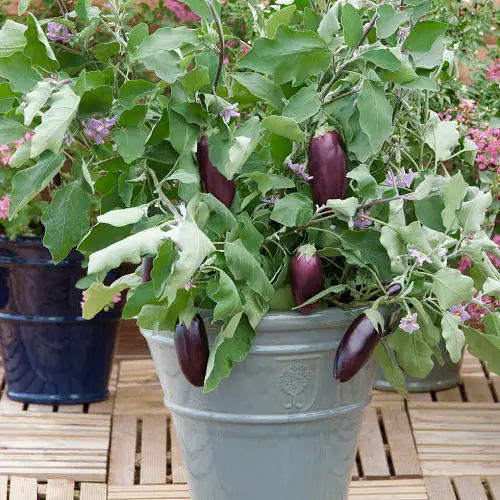
Developed: Eggplants are thought to have originated in India, serving as a testament to their historical significance and widespread culinary use.
How: Over time, through cultivation and selective breeding, eggplants, one of the Man-made vegetables, were developed into various shapes, sizes, and colors.
11. Tomatoes
Developed: Tomatoes were first cultivated in the region of western South America, in present-day Peru and Ecuador.
How: Through centuries of cultivation and selective breeding, tomatoes evolved from small, wild berry-like fruits into a diverse range of shapes, sizes, and colors.
12. Radish
Developed: Radishes are believed to be among the Man-made vegetables and originated in Southeast Asia, with early cultivation in China.
How: Selective breeding led to diverse shapes, sizes, colors, and edible parts in radish varieties available today.
13. Soybeans
Developed: Soybeans were first cultivated in East Asia, particularly in regions that are now China and Korea.
How: Centuries of cultivation and selective breeding led to soybeans becoming a versatile crop essential for global agriculture, food products, and industrial applications.
14. Potatoes
Developed: Man-made vegetables like Potatoes were first domesticated in the Andes region of South America, specifically in what is now Peru.
How: Indigenous cultivation and selective breeding diversified potatoes, adapting them to various climates and soils, establishing them as a vital global food source and staple crop.
Fantastic Potato Craft and Art Ideas
15. Zucchini
Developed: Zucchini originated in the Americas, specifically in the region that encompasses present-day Mexico and Central America.
How: Scientists developed zucchini by breeding selected squash varieties to attain its desired tender texture, mild flavor, and optimal size.
16. Rutabaga
Developed: Rutabaga, with its roots in Europe, particularly in what is now Sweden and Russia, showcases its historical ties to these regions.
How: Emerged from a cross between turnips and wild cabbage, rutabaga, one of the Man-Made Vegetables, underwent selective breeding for larger size, improved flavor, and enhanced storage.
17. Beet
Developed: They are believed to have originated from wild sea beet along the coastlines of Europe and Asia.
How: Selective breeding refined the traits of beet greens, emphasizing qualities such as tenderness, flavor, and leaf size.
18. Caulilini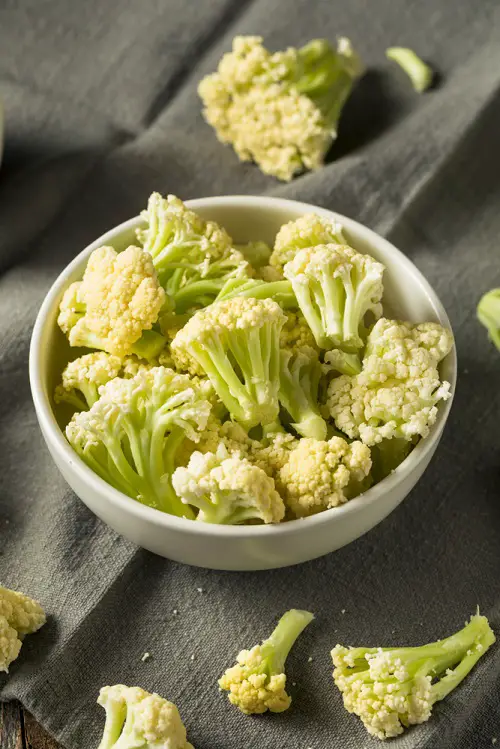
Developed: Caulilini, initially cultivated in California, United States, highlights its origin and emergence as a distinctive vegetable variety.
How: By selecting cauliflower plants with tender stems and smaller florets and allowing them to reproduce, growers cultivated caulilini, one of the Man-Made Vegetables, with a delicate texture and mild flavor.
Here are the Most High Calorie Vegetables to Grow in a Garden
Pros and Cons of Eating Man-Made Vegetables?
Pros:
- Nutritional Enhancement: Genetic modification might yield vegetables with enriched nutrition, including increased vitamins, minerals, and antioxidants.
- Increased Yield: Genetically engineering crops can boost yields, addressing food security in regions with limited resources.
- Pest and Disease Resistance: Genetic modifications can provide resistance to pests, diseases, and stressors, reducing reliance on pesticides and promoting sustainable farming.
- Improved Shelf Life: Enhanced traits like longer shelf life and reduced spoilage could contribute to reduced food waste and improved availability of fresh produce.
- Enhanced Flavor and Aroma: Genetic modifications result in more flavor, aroma, and overall sensory experience of vegetables.
- Allergen Reduction: Genetic modification might decrease allergenic compounds in specific vegetables, enhancing safety for allergy-prone individuals.
- Environmental Impact: Modified crops might demand less water, fertilizer, and land, curbing environmental impact by lowering resource use and greenhouse gas emissions.
Cons:
- Allergenicity and Health Concerns: Potential allergenic and health risks from consuming genetically modified vegetables with novel genes or proteins.
- Biodiversity Impact: Genetically modified crops might disrupt ecosystems through competition or crossbreeding with wild relatives.
- Ethical Considerations: Ethical concerns arise from altering genetic makeup and possible corporate control of agriculture.
- Unintended Effects: Genetic modifications might yield unforeseen consequences in vegetable composition and behavior.
- Resistance Evolution: Pests adapting to modifications might necessitate ongoing technological development.
- Labeling and Transparency: Inadequate labeling might hinder informed consumer choices.
- Long-Term Health Effects: Unknown long-term health effects from consuming genetically modified vegetables.
- Social and Economic Disparities: Access to genetically modified crops could deepen economic and social divides.


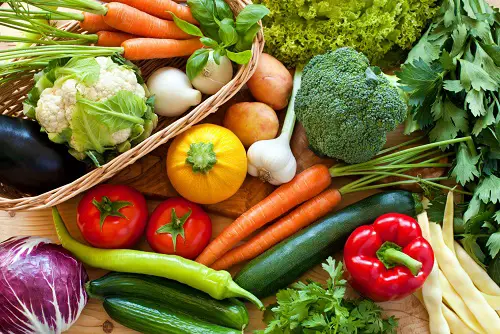
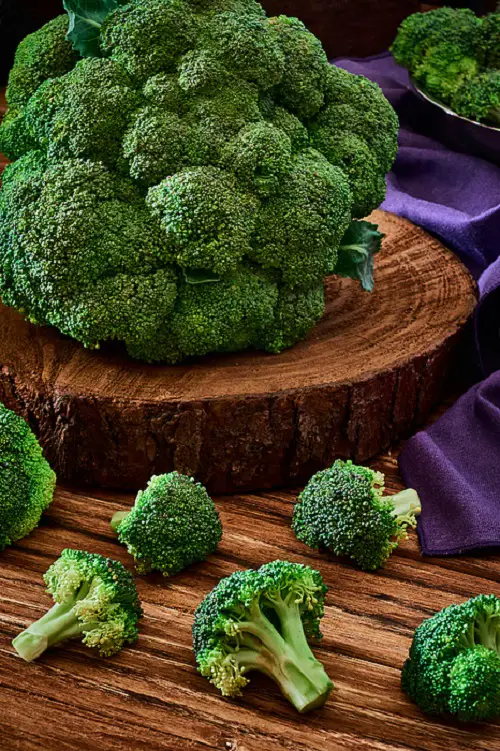
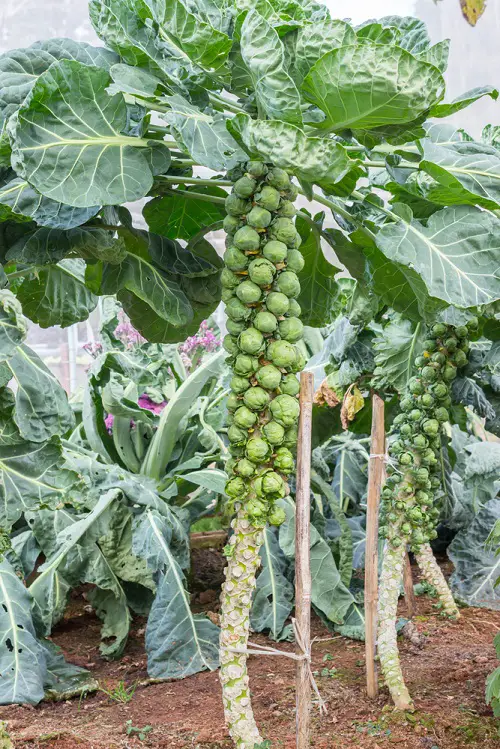


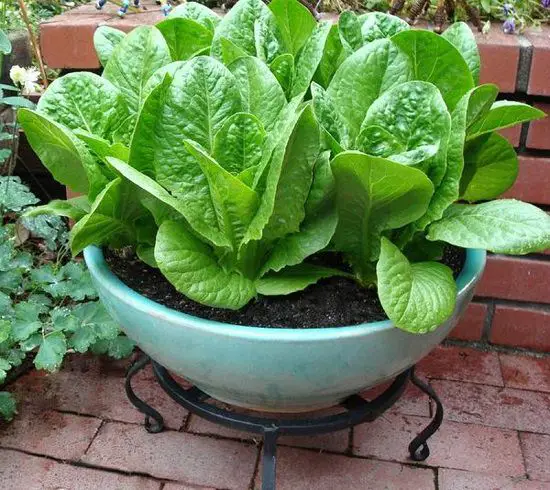


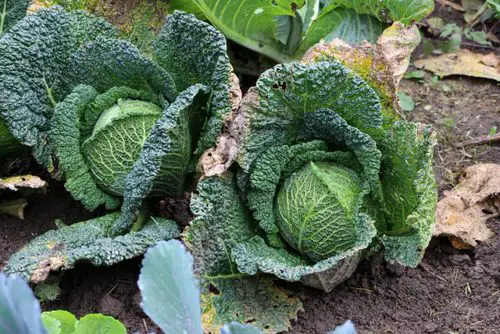



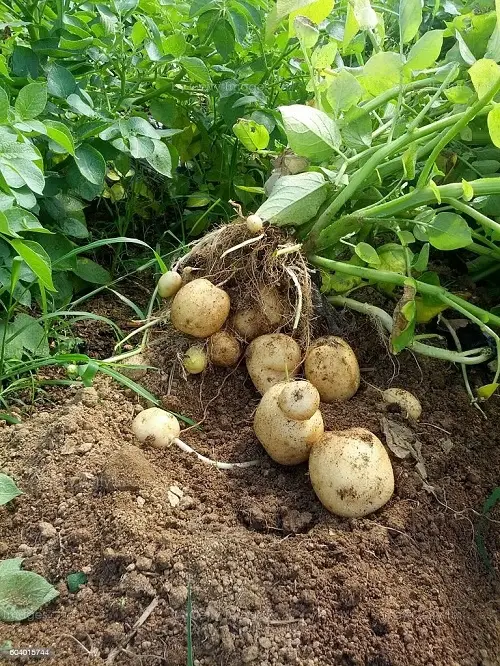
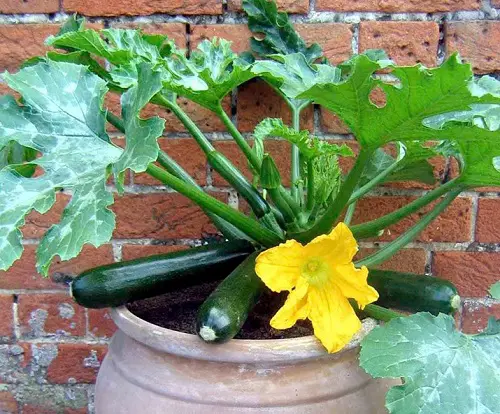
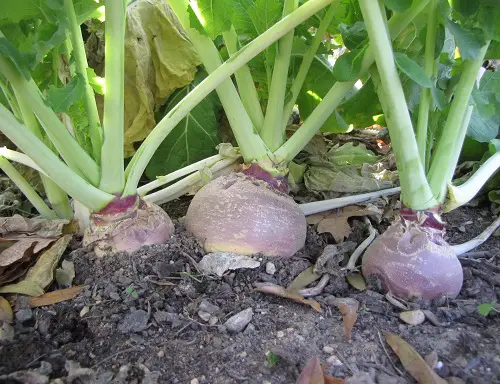
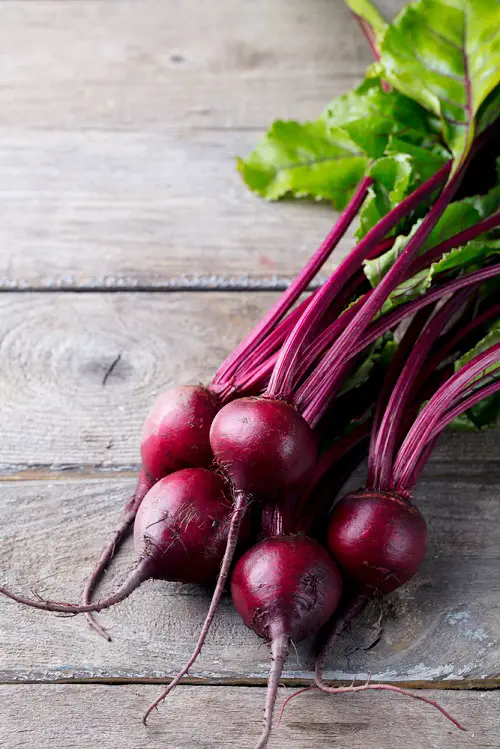

great article thanks ive put you in my youtube live just the title of the vegs an pros an cons an website link thanks again.